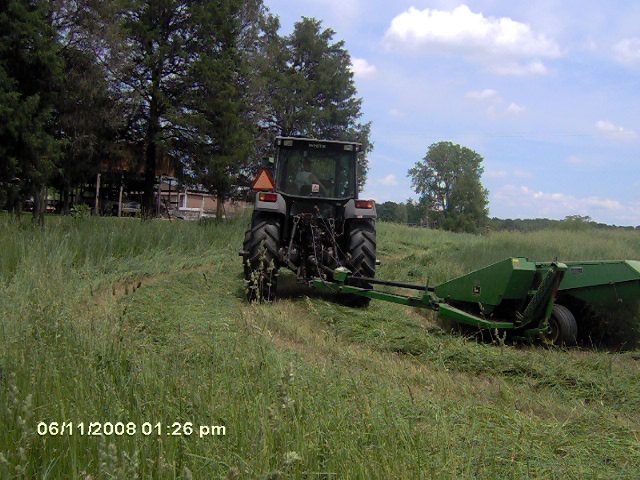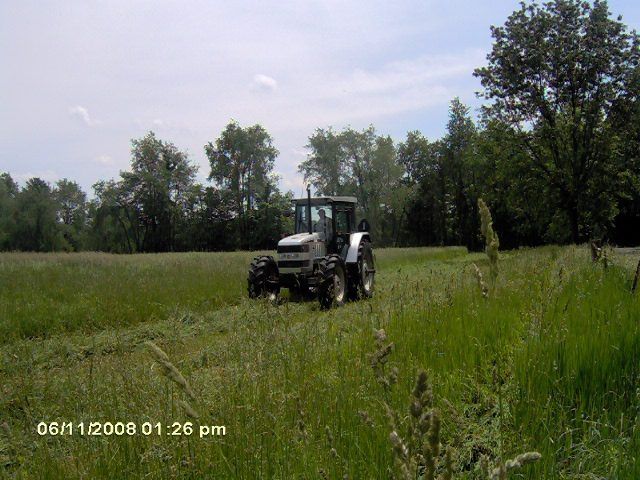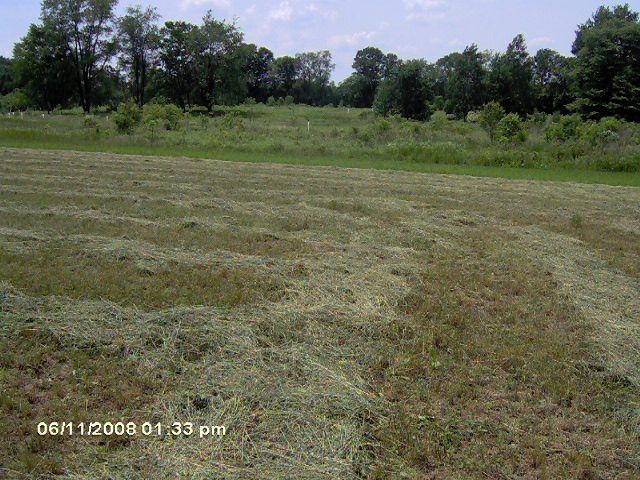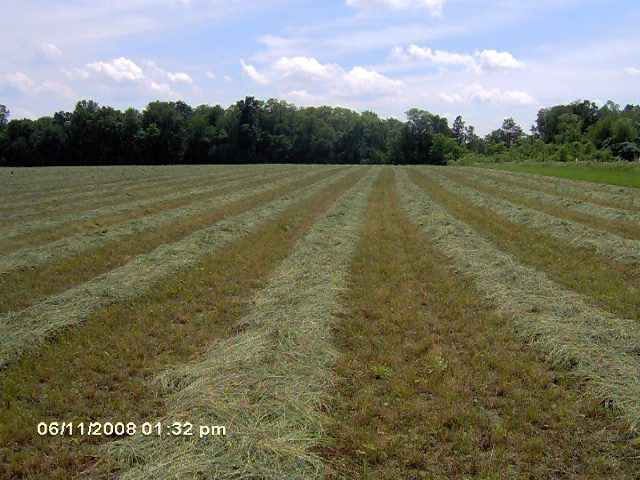Bulbs
Flower Basics
Flower Beds & Specialty Gardens
Flower Garden
Garden Furniture
Garden Gnomes
Garden Seeds
Garden Sheds
Garden Statues
Garden Tools & Supplies
Gardening Basics
Green & Organic
Groundcovers & Vines
Growing Annuals
Growing Basil
Growing Beans
Growing Berries
Growing Blueberries
Growing Cactus
Growing Corn
Growing Cotton
Growing Edibles
Growing Flowers
Growing Garlic
Growing Grapes
Growing Grass
Growing Herbs
Growing Jasmine
Growing Mint
Growing Mushrooms
Orchids
Growing Peanuts
Growing Perennials
Growing Plants
Growing Rosemary
Growing Roses
Growing Strawberries
Growing Sunflowers
Growing Thyme
Growing Tomatoes
Growing Tulips
Growing Vegetables
Herb Basics
Herb Garden
Indoor Growing
Landscaping Basics
Landscaping Patios
Landscaping Plants
Landscaping Shrubs
Landscaping Trees
Landscaping Walks & Pathways
Lawn Basics
Lawn Maintenance
Lawn Mowers
Lawn Ornaments
Lawn Planting
Lawn Tools
Outdoor Growing
Overall Landscape Planning
Pests, Weeds & Problems
Plant Basics
Rock Garden
Rose Garden
Shrubs
Soil
Specialty Gardens
Trees
Vegetable Garden
Yard Maintenance
How to Mow a Hay Field
How to Mow a Hay Field. Depending on the climate where you live you might be able to mow hay up to six times a year. Of course, there are other factors to take into consideration. Do you need hay that has the highest possible protein content or is volume your priority? The weekly weather forecast will affect your decision as well. You do not want...

Depending on the climate where you live you might be able to mow hay up to six times a year. Of course, there are other factors to take into consideration. Do you need hay that has the highest possible protein content or is volume your priority? The weekly weather forecast will affect your decision as well. You do not want your hay to get rained on after it is mowed, especially after it is dry enough to bale. Hay that has been rained, on loses some nutritional value, loses color, can mold, and may not sell. When you mow a hay field at the correct time, you can maximize your profits.
Things You'll Need
Tractor
Mower
Open up the mower when you arrive at the field. Turn on the PTO. Set the tractor to the correct RPM. Begin to drive forward and lower the mower to the ground at the same time.

Drive around the perimeter of the field a few times until there is enough room to turn the tractor and mower around on the headlands. Decide if you will cut the field in half or thirds.

Mow down the center of the field, depending on width, after you have mowed the headlands. Mow straight rows from one end of the field to the other end. Make your rows as close as possible to reduce fuel consumption and time, but far enough to turn the tractor and mower around in one smooth motion.

Continue mowing straight paths, back and forth across the field, until the entire center is mowed.
Turn your tractor around and mow the outside round. This is the outer perimeter that your tractor was driving on when you made your first trip around the field.
Wait for the hay on the ground to dry on top and then rake it over.
Tips & Warnings
If it has to rain on your hay, just after mowing does the least damage.
First cutting is highest volume but lowest quality.
Consecutive cuttings decrease in volume but increase in quality.
For any cutting with a lower yield, decrease the windrow width so it doesn't bleach out as much.
Mow Alfalfa with 10 percent in flower for maximum protein, mow later for increased quantity.
Never store wet hay inside a barn; it will burn the barn down.
Do not mow a newly planted alfalfa field late in the season; you will kill all of the alfalfa.